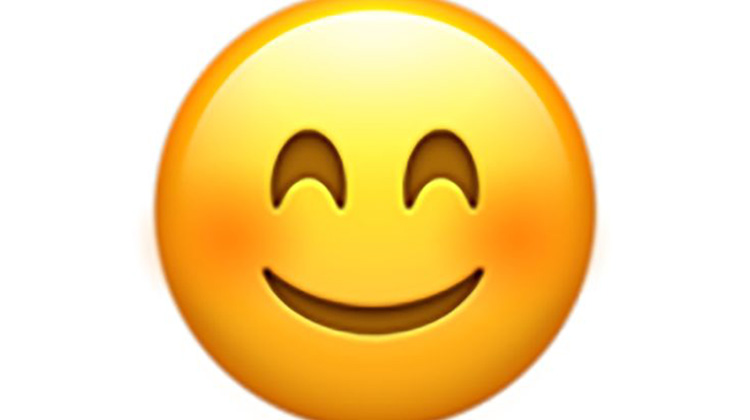Emojis a happy face for online feedback

A happy face emoji can communicate a lot and emojis have been found to be a great motivator for students especially in a home school scenario.
Feedback illustrated with emojis is a simple, proven way for teachers to put some personality and warmth back into online feedback
According to RMIT psychology lecturer Dr Robyn Moffitt, the classic smiley face emoji can evoke feelings of warmth and competence about the marker, which can motivate students to do better.
"We know emotion is an important element of feedback and emotionality is most readily communicated in a face-to-face setting," Moffitt said.
But when providing feedback in-person isn’t an option, using emoji can strengthen the effect of a positive message, and soften the impact of criticism.
"Emoji is the new currency of electronic communication. It’s taken over how we communicate online in social contexts with peers and friends, so it makes sense that it also has a place in education.
"It’s a quick and effective way to communicate warmth and emotion, even if you’re providing constructive feedback or highlighting areas for improvement."
A recent study led by Moffitt proved the point: students who received happy face emoticons in their feedback had significantly higher perceptions of the teacher’s warmth, as well as much greater faith in the teacher’s competence.
Moffitt said using emoji did not make the marker seem any less professional and students’ perception of the overall feedback quality wasn’t affected.
"The research suggests using emoji could help us to achieve the goal of feedback, which is to motivate improvement," she said.
"Emoji can demonstrate that even a not-so-positive message is still delivered with warmth and kindness; it helps to communicate that constructive feedback is given because I care and want you to learn and improve, not because I am displeased with your work."
By offering a more accessible and relevant way of communicating with students, emoji could also help teachers connect across generations.
"Kids still love stickers, but they also love emoji," Moffitt said.
“Even secondary school students often communicate more through emoji than words when texting or using social media."
Choosing and using the perfect emoji
Moffitt’s tip for any teacher unsure on which emoji to use is simple: imagine the face you would want to portray while delivering the feedback.
"Using the classic smiley face emoji is a safe bet, especially to frame constructive feedback as a genuine attempt to motivate and improve."
For example, rather than: "Be sure to proofread your work," consider: “Be sure to proofread your work." [Smiley emoji]